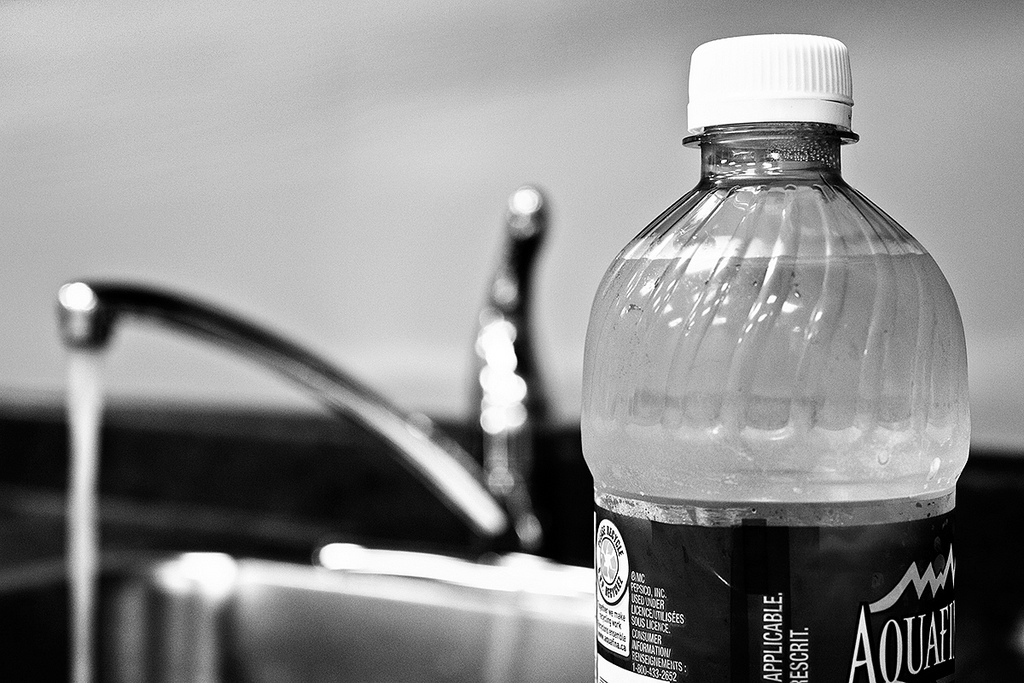I recently went to a movie and one of the pre-screening ads was about donating to a global charity that helps people get access to clean water.
As I watched the ad, I wondered how many people in that packed theatre knew that it is not only communities in developing nations that struggle for access to clean water. The very same issues are true for some reserves.
“Two-thirds of all First Nation communities in Canada have been under at least one drinking water advisory at some time in the last decade,” according to a CBC News investigation, and it has not gotten much better in 2017.
“The longest-running water advisory is in the Neskantaga First Nation in Ontario, where residents have been boiling their water for 20 years,” says the CBC report. In second, third and fourth place are the Nazko First Nation, Alexis Creek First Nation and Lake Babine First Nation, all of which are in British Columbia and have struggled with water issues over the past 16 years.
Not that your average Canadian would know about these water issues, even though Canada is now a part of the United Nations Declaration of Rights of Indigenous Peoples.
It’s literally Canada’s dirty little secret that needs exposing.
I would like to believe that if Canadians truly knew that access to clean running water was a luxury for some, they would not stand for it.
It’s something that the Trudeau government can barely admit to, even though it was an official campaign promise, when a large part of the “Indigenous vote” went to his campaign with the promise that he would bring positive changes to First Nation reserves.
The good news is that Ontario has pledged to spend $85 million to clean up the damage that mercury poisoning has caused to the Grassy Narrows and White Dog First Nations in Northern Ontario. Victims of the Attawapiskat effect, these reserves are a far enough distance away from Ottawa that they have been willfully ignored until this year.
The federal government also announced that it is planning on building a health centre in Grassy Narrows to treat the victims of mercury poisoning.
Clean water statistics an embarrassment
“Between 2004 and 2014, 93 per cent of all First Nations in Saskatchewan and New Brunswick reported at least one water advisory in their communities,” notes the CBC investigation. “Alberta is close behind at 87 per cent.”
While there are lots of reasons why a nation might be potentially under a boil advisory, access to clean water is something I would like to believe no one in this country should have to worry about. A combination of anything from a problem with an aging water treatment plant to the repercussions of mining or pipeline spills can all foul the water.
These issues of course only account for acute water treatment problems, not the decade-long boil advisory that some First Nations are under.
Speaking to the CBC, Cindy Blackstock, director of the First Nations Child and Family Caring Society and associate professor at the University of Alberta, said, “You end up with a real sense of despair and stress in these communities.”
In the CBC investigation, Lalita Bharadwaj, an associate professor in the University of Saskatchewan’s School of Public Health, said governments have spent at least $2 billion on the issue between 2001 and 2013, but the problems remain severe. Bharadwaj “said a more targeted approach is needed, along with better communication between government and First Nations.”
The CBC also spoke with Emma Lui of the Council of Canadians, who stated that, “Chronic government underfunding of water systems is to blame for the lack of progress (….) a national assessment commissioned by the federal government found $470 million was needed per year over 10 years.”
All this damage to people’s health, not to mention the stress of not having access to clean water to bathe a child or take a sip from the tap (and not because a First Nation is being picky about what type of bottled water they prefer over tap water) takes its toll on a community.
Trudeau made an election promise to end boil water advisories on First Nations within five years of being elected, so I’m still holding out hope that he will not just throw money at the problem but will provide clean water to communities while letting Canadians know that there is a problem in the first place.
So far, though, it doesn’t look promising. One-third of First Nations people living on reserves use drinking water systems that threaten their health, an investigation by The Globe and Mail has found.
In fact, the water crisis in Walkerton, Ontario, in 2000 that poisoned 2,300 and killed seven made headline news so why not this issue?
Because environmental racism is responsible for keeping the magnitude of the problem from being widely known.
Environmental racism, for those who don’t already know, occurs when political bias affects a community’s ability to tackle concerns like clean air and clean water. It’s frankly embarrassing that Trudeau has to make such a promise to Indigenous communities in the first place.
Environmental racism can only be combatted by environmental justice, which would mean politicians being honest about the problems in their province as well as nationally.
Together with the sympathy that is raised for othered communities around the globe, this approach could turn a healthy eye onto the problems Canadians need to tackle in their own backyard, including dealing with the shame that this is even an issue in this G8 country.
The fact that a mother from Grassy Narrows reported to Human Rights Watch that she cannot bathe her daughter at home because of water quality issues should make us take pause that these issues need to be tackled in under five years.
Photo: philografy/flickr



